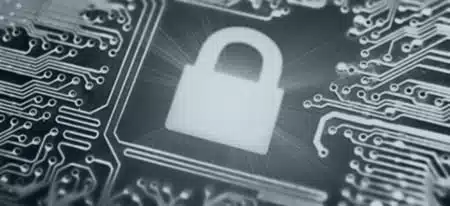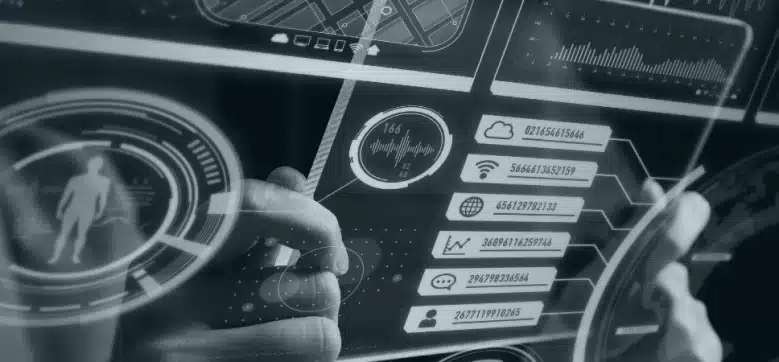CVE scanner
If you’re bringing a connected device to market, you know there are a host of potential vulnerabilities that you need to look out for. But how can you identify them quickly and efficiently? You need a tried and trusted CVE scanner that does vulnerability management for you.
What is a cve scanner?
A security scanner is a tool that checks software components against a public vulnerability database of known vulnerabilities (called CVE for Common Vulnerabilities and Exposures) to identify and determine security risks. Vulnerability scanning is an activity that helps organizations detect and address potential security issues in their software stack.
3 reasons why you need to monitor your CVE

Identify security vulnerabilities
CVE play a crucial role in security by acting as a central repository of vulnerable data that could potentially be exploited by attackers. Monitoring new CVE can help prevent attackers from gaining unauthorized access to their network and infrastructure.

Mitigate impact
Monitoring CVEs with regularly running a vulnerability scanner allows for proactive risk mitigation by addressing security weaknesses before they are exploited.

Standard compliance
Keeping track of CVEs through dedicated maintenance dashboards and security reports help meet compliance with security standards by ensuring software components up-to-date and secure.
How does our vulnerability scanner works?

CVE analysis
- Scoring and detailed information on each CVE
- Annotation system
Security monitoring
- Monitoring dashboards
- Integration in CI
- Decision documentation
CVE scanning should be a key step of your vulnerability management process
Monitoring known vulnerabilities
Regularly track and review known vulnerabilities, especially those listed in the CVE vulnerability databases using vulnerability scanning tools like CVE Scan and Black Duck, to identify and report potential risks in your system and prioritize their mitigation.
Regular system component updates
Keep your system components, including software and libraries, the latest updates to minimize exposure to common vulnerabilities.
Backporting mainline patches to Long-Term Support (LTS) branches
Apply security patches from the main development branches to your LTS versions, ensuring that even older, stable systems remain secure against newly discovered common vulnerabilities and exposures (CVE).
CVE monitoring: a requirement of the European Cyber Resilience Act (CRA)
The Cyber Resilience Act is a European regulation that requires device makers to continuously monitor the security vulnerabilities of their devices and patch them as quickly as possible. The aim of European institutions is to enhance software security in devices commercialized within its borders. To do so, implementing a vulnerability scanner in CI pipelines for regular scans of cybersecurity threats is a must. Discover more about the CRA requirements here.
Witekio can support your security maintenance activity
With more than 20 years of experience in IoT device security, embedded systems security, and software development, our cybersecurity professionals and firmware developers know that every connected product comes with unique risks and vulnerabilities.
We’re experts at finding and fixing those vulnerabilities. Whether you need help to update an existing or a new, smart or connected device yet to be released, Witekio’s security teams have the knowledge and experience to help you make IoT device security a true competitive advantage.
We’re experts at finding and fixing those vulnerabilities. Whether you need help to update an existing or a new, smart or connected device yet to be released, Witekio’s security teams have the knowledge and experience to help you make IoT device security a true competitive advantage.

Your trusted embedded software, application and connectivity partner
4 Countries
4 countries
ISO 27001 certified
ISO 27001 certified
Fortune 500 owned
Fortune 500 owned
Our maintenance and security services
Learn more about our cve scanner
